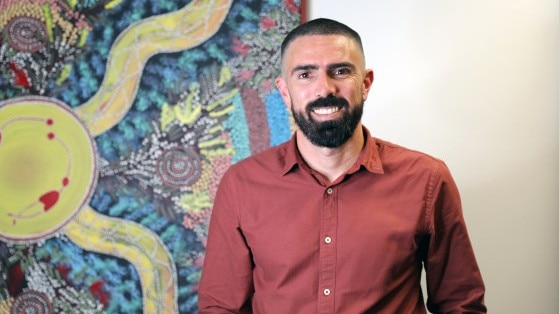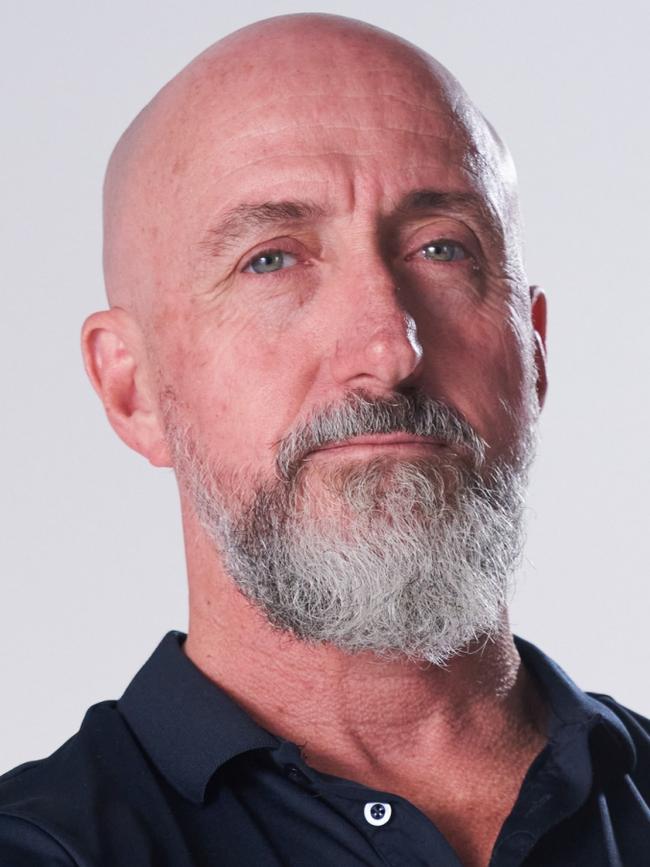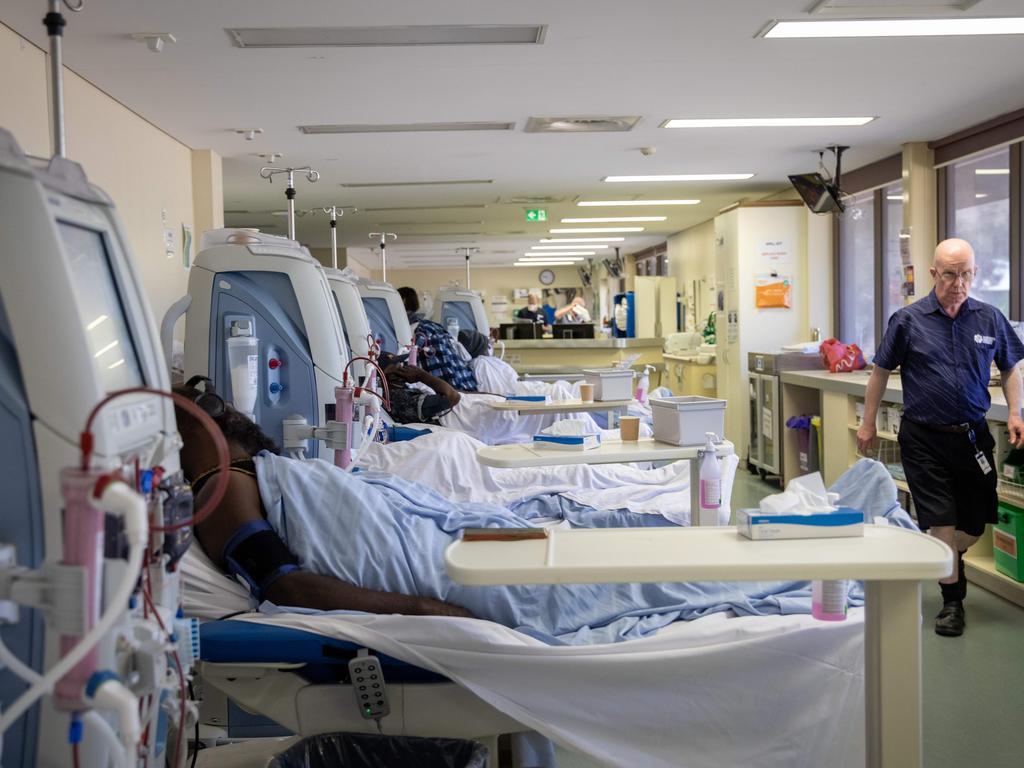‘Too much sorry business’: Indigenous diabetes rising unabated, undiagnosed
Diabetes diagnoses have gone in the wrong direction for a decade among Indigenous Australians, with 20 per cent of all cases slipping through undiagnosed and the age of onset slanting younger year on year.

The number of Indigenous Australians with diabetes has risen almost 40 per cent in a decade, new data shows, with unprecedented levels of pediatric diabetes casting the next generation into danger.
The Australian Bureau of Statistics found that from 2022 to 2024 one in six Indigenous adults suffered from diabetes, and 18 per cent of cases went undiagnosed. Results were collected by testing blood samples, allowing cases to be caught and recorded for the first time among the cohort.
While the ABS only surveyed adults, National Aboriginal Community Controlled Health Organisation senior medical adviser Jason Agostino warned a vast number of untreated diabetics were children.
“What’s most concerning is that one in five people with diabetes weren’t aware that they had the diagnosis, and that’s something that hasn’t changed in a decade,” Dr Agostino, a trained GP and epidemiologist, said.
“We should actually be screening a lot of kids from the age of 10 for diabetes now, because we’ve realised that Aboriginal and Torres Strait Islander kids have, in some areas of Australia, the highest rates of youth onset type 2 diabetes in the world.
“We need to be picking up kids early and offering them treatment. With the new treatments, we really can change the story and support people to live healthy lives with diabetes.

“We’re missing a lot of kids. It’s always hard to reach adolescents … There’s a lot of understandable fear about a diagnosis, but this is really about empowering people with knowledge about what’s going on in their bodies, and then they’re in charge of the actions they take.”
In December 2023, The Australian first published estimates of diabetes rates for those aged 24 and under, with data on disease rates in the pediatric cohort often elusive or incomplete. It established that one in 150 young people in northern Australia, and one in 70 in Central Australia, had type 2 diabetes. It marked a tenfold rise from 2012.
The new ABS data, published on Thursday, showed that among adults, diabetes rates had lifted to 15.5 per cent from 11.1 per cent just over a decade ago.
The disparity extended to regional Indigenous Australians compared to urban counterparts. In remote areas, diabetes affected 21.7 per cent of Indigenous adults, compared to 14.3 per cent.
Among the youngest recorded cohort, 18-34-year-olds, 5.5 per cent were diabetic, the ABS study shows. This was compared to 34.6 per cent of those 55 and over.
Core contributors to the rising disease rates were poor access to healthy foods, clean water and effective preventive care providers such as GPs, dietitians or culturally sensitive health services.
“The appropriate action hasn’t been made on the social determinants of health for a long time,” Dr Agostino said. “We look at the availability and the affordability of healthy foods, and that’s a big problem in cities, and a much bigger problem in remote Australia.
“We can manage these conditions really well, but that requires investment on the front end, not the hospital system.
“If we look at where funding for health goes, it overwhelmingly goes towards the hospital system, and Aboriginal and Torres Strait Islander people have a really high rate of potentially preventable hospitalisations, including for diabetes and its complications. It’s clear that the investment isn’t on the right side of the health system.”
In the northeast Queensland town of Yarrabah, where Dr Agostino practices, diabetes rates had a direct link to the welfare of the community.
“By the time you have one in three of older people with diabetes, it becomes part of every consultation,” he said.
“Yarrabah is a community that services around 3500 people, but we have a seven-bed dialysis unit in the clinic that runs non-stop and actually can’t meet demand.
“We still continue to see young men dying suddenly of heart disease, and that has profound impacts on the family. That’s way too much sorry business. People are losing elders and loved ones way too often, and it causes great hurt and great stress.”
Key to the declining average age of diagnosis is the “snowball effect” of gestational diabetes and diabetes among mothers during pregnancy, which in turn leaves children sensitive to the condition.

Exercise physiologist Ray Kelly placed it alongside rising rates of chronic disease nationally as a central driver of diabetes in the face of new health programs.
He also argued ACCHOs were “hamstrung” by funding issues and regulation that had wavered with changes in government, leaving Indigenous health programs kowtowing to shifting metrics rather than being informed by efficacious programs already in action.
“We need to stop focusing on what we think should work, and focus on what we know does work,” he said.
“We want to be research-based, there’s no doubt about that, but we’re not looking at what’s working around the country.
“It’s only complicated because people make it complicated. As health professionals our job is to simplify the message. While we talk about how complicated it is and how big the issue is, that’s just halting any progression we can get. These things can be improved so let’s do it.”
By 2050, the cost to the nation from type 2 diabetes is forecast to be $45bn per annum.
The ABS study also found abnormally high rates of unhealthy cholesterol among Indigenous Australians, with 25.7 per cent of the population affected compared to 25 per cent a decade ago. A similar proportion were deficient in vitamin D.








To join the conversation, please log in. Don't have an account? Register
Join the conversation, you are commenting as Logout